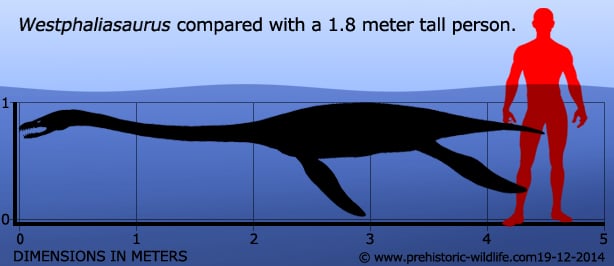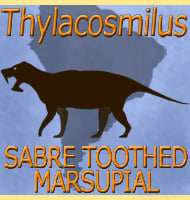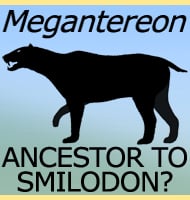In Depth
Because the skull of Westphaliasaurus is so far unknown it is impossible to say for certain what the diet of Westphaliasaurus was. However most of the early Jurassic plesiosaurs were dedicated hunters of fish and possibly also squid, prey animals that would become a staple part of the diets of plesiosaurs throughout the Mesozoic. Unless future discoveries prove otherwise, it’s reasonable to assume that Westphaliasaurus also had a similar diet.
The species name W. simonsensii is in honour of S�nke Simonsen, the palaeontologist who discovered the remains.
Further Reading
– Osteologie und Phylogenie von Westphaliasaurus simonsensii: Ein neuer Plesiosauride (Sauropterygia) aus dem Unteren Jura (Pliensbachium) von Sommersell (Kreis H�xter), Nordrhein-Westfalen, Deutschland. – Geologie und Pal�ontologie in Westfalen 79:1-60. – L. Schwermann & P. M. Sander – 2011.










